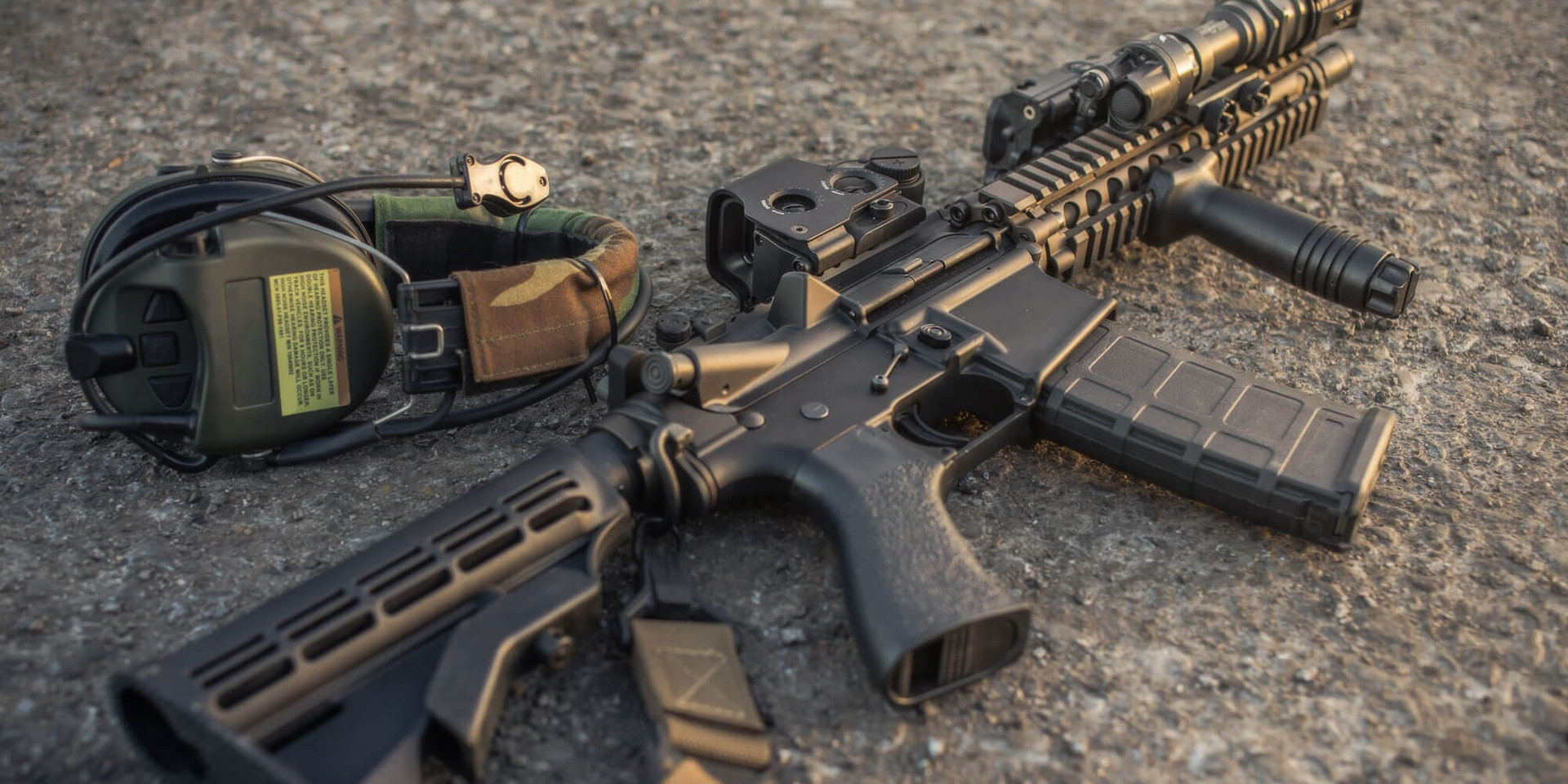How Long Can an AR-15 Barrel Be?
With countless rules and regulations surrounding the AR-15 and 80% rifles, it is safe to assume they include barrel length in all the legal jargon bogging you down. How long can an AR-15 barrel be? It’s a question you have likely asked yourself in the past few days. We have.
Whether you are building an 80% rifle and need a barrel or swapping out a worn barrel, length matters — from a legal standpoint and performance standpoint.
What Size Barrel Length is Legal?
Since way back in the 1930s, the federal government has imposed laws and regulations dictating how we purchase, own, and use firearms. A big part of their regulation dictates what size barrel we attach to our rifles, the accessories we mount, and how we protect ourselves using these firearms.
But for now, let us focus on barrel length. The short answer is that all barrel lengths are legal in some manner.
Unfortunately, that is not the end of the discussion. According to the NFA of 1934, barrel length dictates what firearm is considered a rifle, pistol, or “Any Other Weapon.” To satisfy the legal definition of a rifle, a 16-inch barrel is required. When paired with a stock, all-in-all, your rifle should be 26 inches.
The barrel length must be under 16 inches for a pistol, though the law does not state a total measurement — barrel to the stock.
A pistol cannot include a stock in most states, some types of attachments, including foregrips, and you may not modify a pistol into a rifle.
Furthermore, some states ruled it illegal for civilians to own a short-barreled rifle or pistol. Where these rifles are legal, unfortunately, require paperwork and a tax stamp to own. That tax stamp, when all is said and done, will cost you around $200. It is a lengthy and strenuous process.
How Do I Measure the Length of a Firearm?
Do you want to stay ATF compliant? We all do. You’ll want to measure the length of your rifle.
First, understand that muzzle devices (flash suppressors, muzzle brakes, etc.) do not count towards the length of your rifle or barrel length. You must remove any barrel attachment before measuring your firearm.
If your firearm includes a stabilizing brace, the ATF has something to say about the matter. If the brace is stationary, they include only a standard receiver extension in your measurements. However, if your stabilizing brace folds or collapses, rifle length is measured with the brace in the folded position.
From Firearm Owner to Felon
If you own a pistol, then opt to swap out the barrel, attach a stock, or mount a foregrip, you’re committing a felony. According to the ATF, such adjustments to your gun fall under “making or possessing an unregistered AOW,” which is “Any Other Weapon.” In doing so, you face a felony punishable by a severe fine and up to 10 years in prison.
If you want to add a foregrip to a pistol lawfully, you must fill out and file ATF Form 1, “Application to Make and Register a Firearm.” Your application includes the completed paperwork, fingerprint cards, and passport photos, plus pay the $200 fee for a tax stamp.
The ATF will run a thorough background check with your included information. If you pass, and your state allows an AOW, you’ll receive approval. Once you have the go-ahead, you may add a foregrip to your pistol.
In summary, adding a foregrip to a pistol reclassifies your firearm to “Any Other Weapon,” and is therefore heavily regulated by the ATF. A pistol is not.
If you genuinely want to trick out your rifle with numerous tactical attachments, including foregrips, scopes, and muzzle devices, then opt for a full-length rifle. If it’s greater than 26 inches and unable to be concealed on your person, then you’re golden. Better yet, why not build your rifle using an 80% lower kit? Then you can choose which parts to attach, which accessories to mount, and what caliber you fire.





 Back to List
Back to List